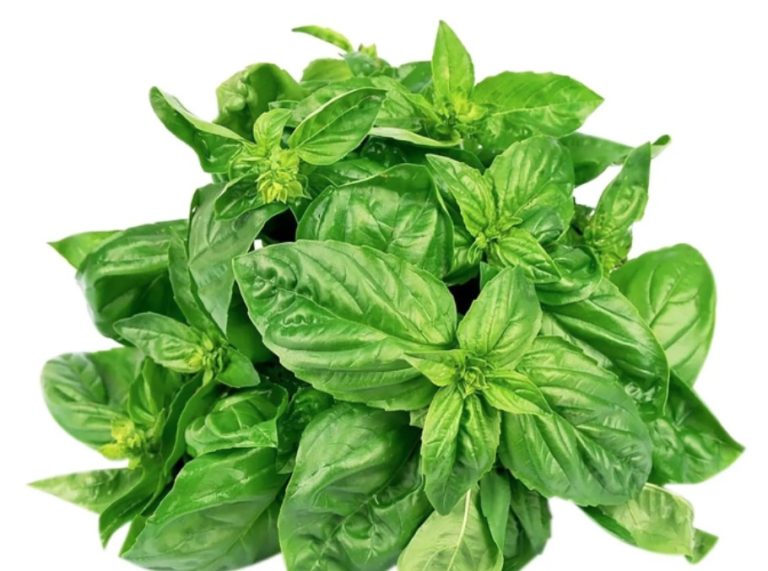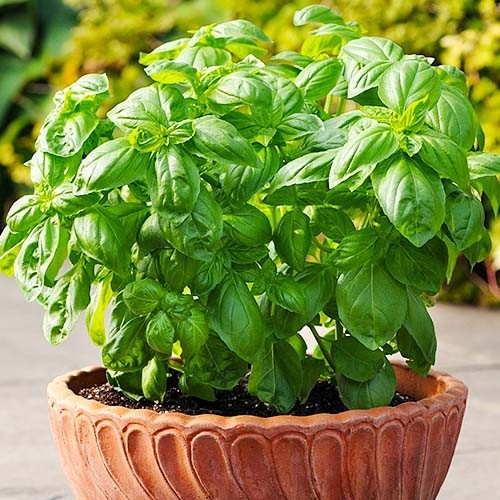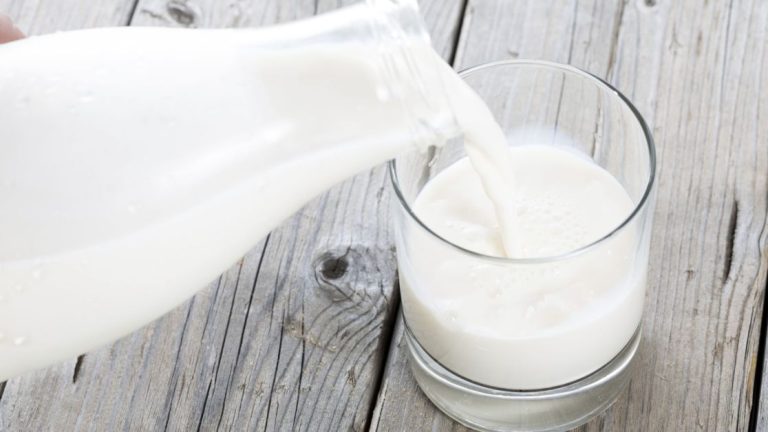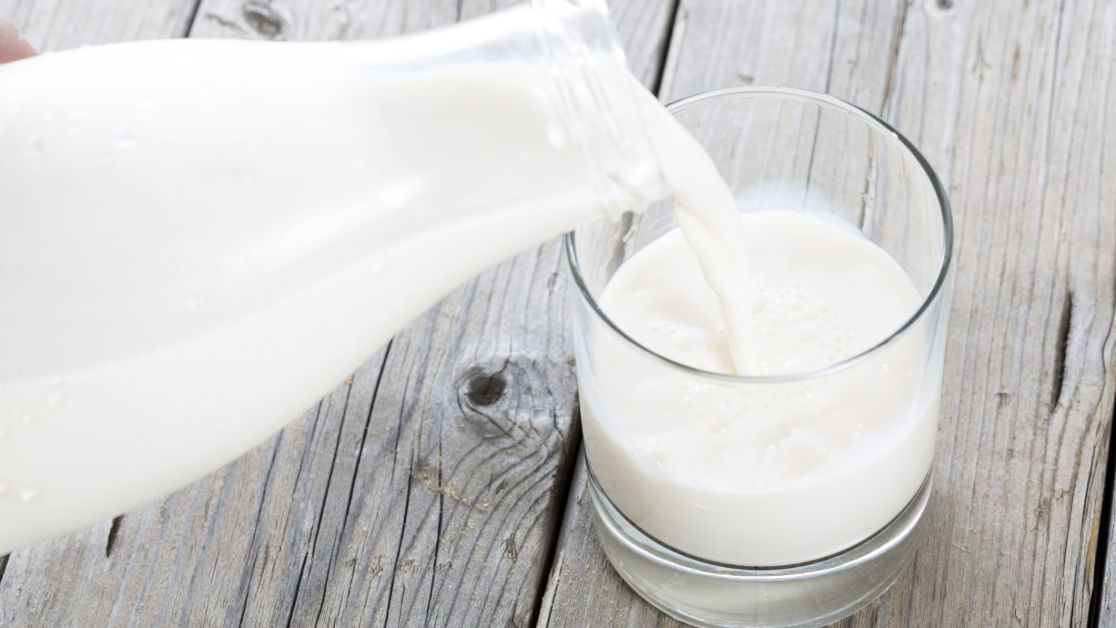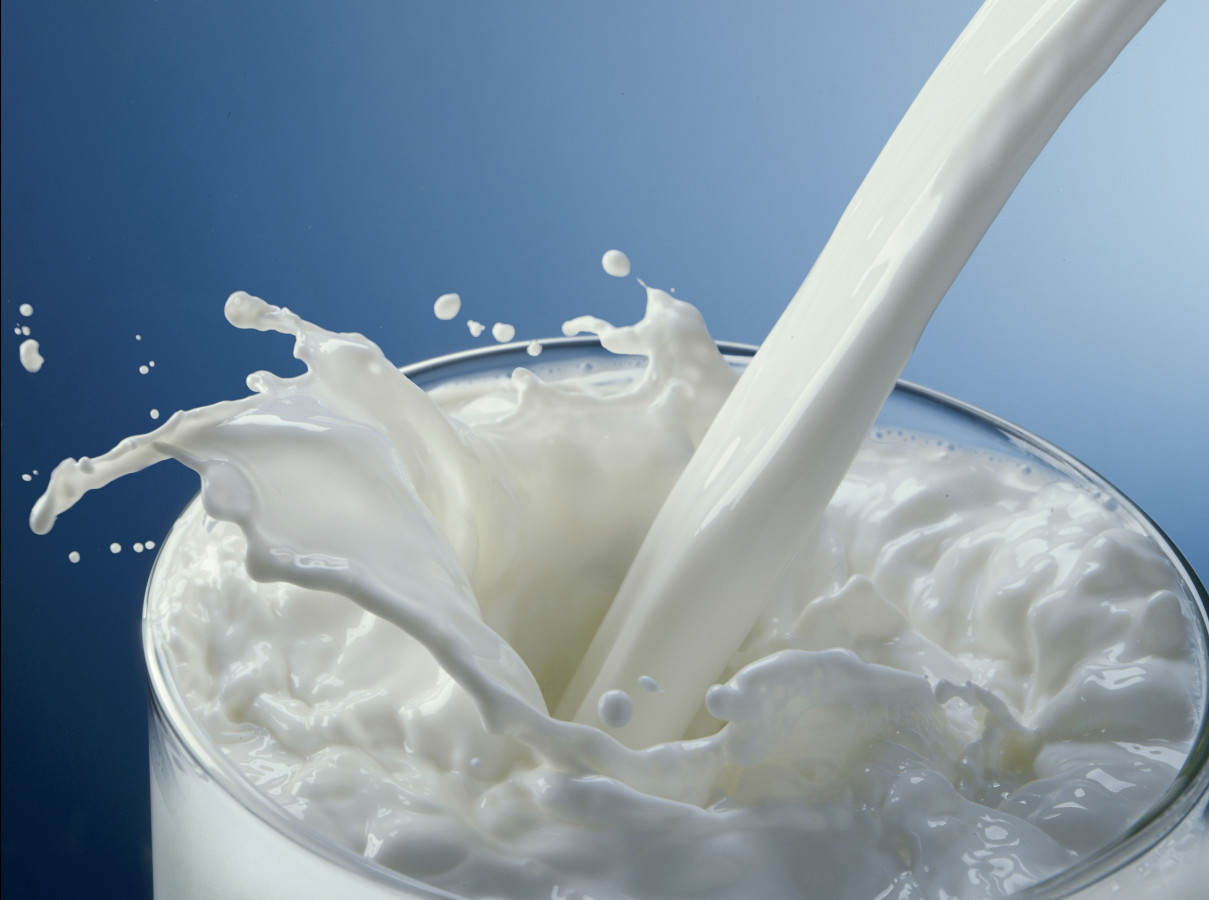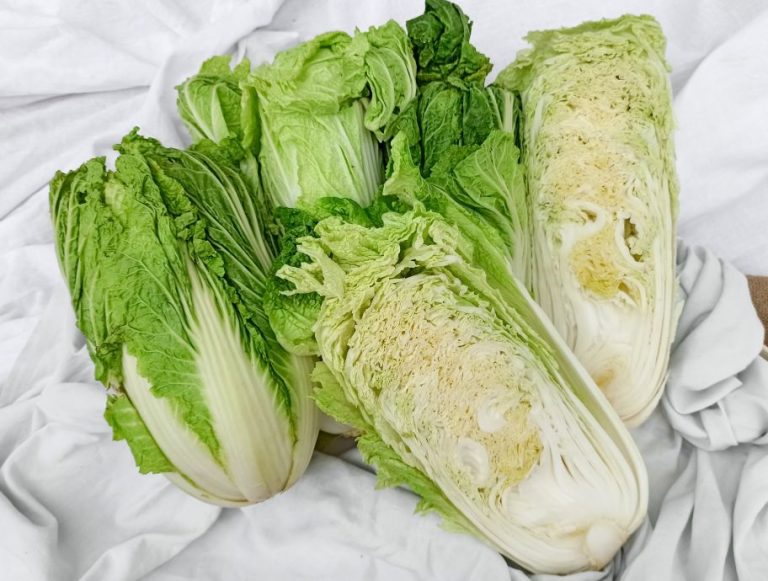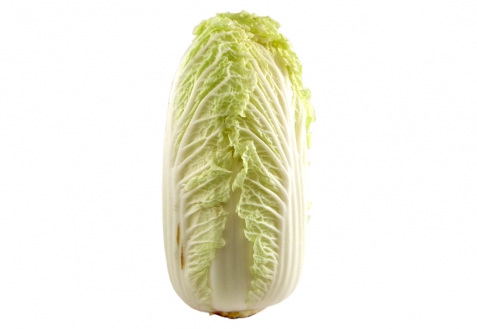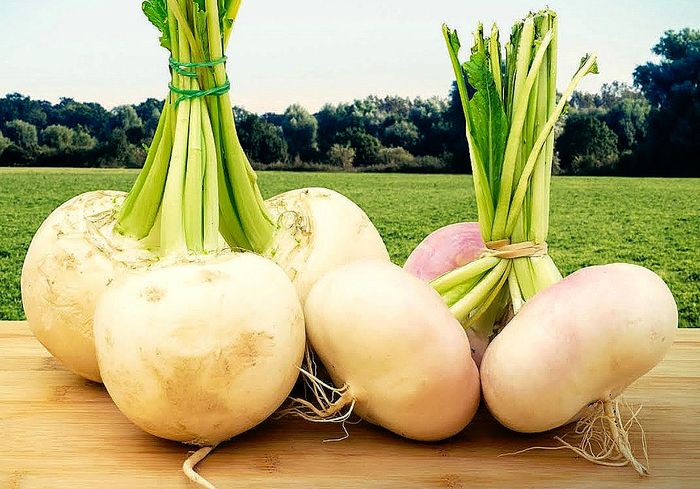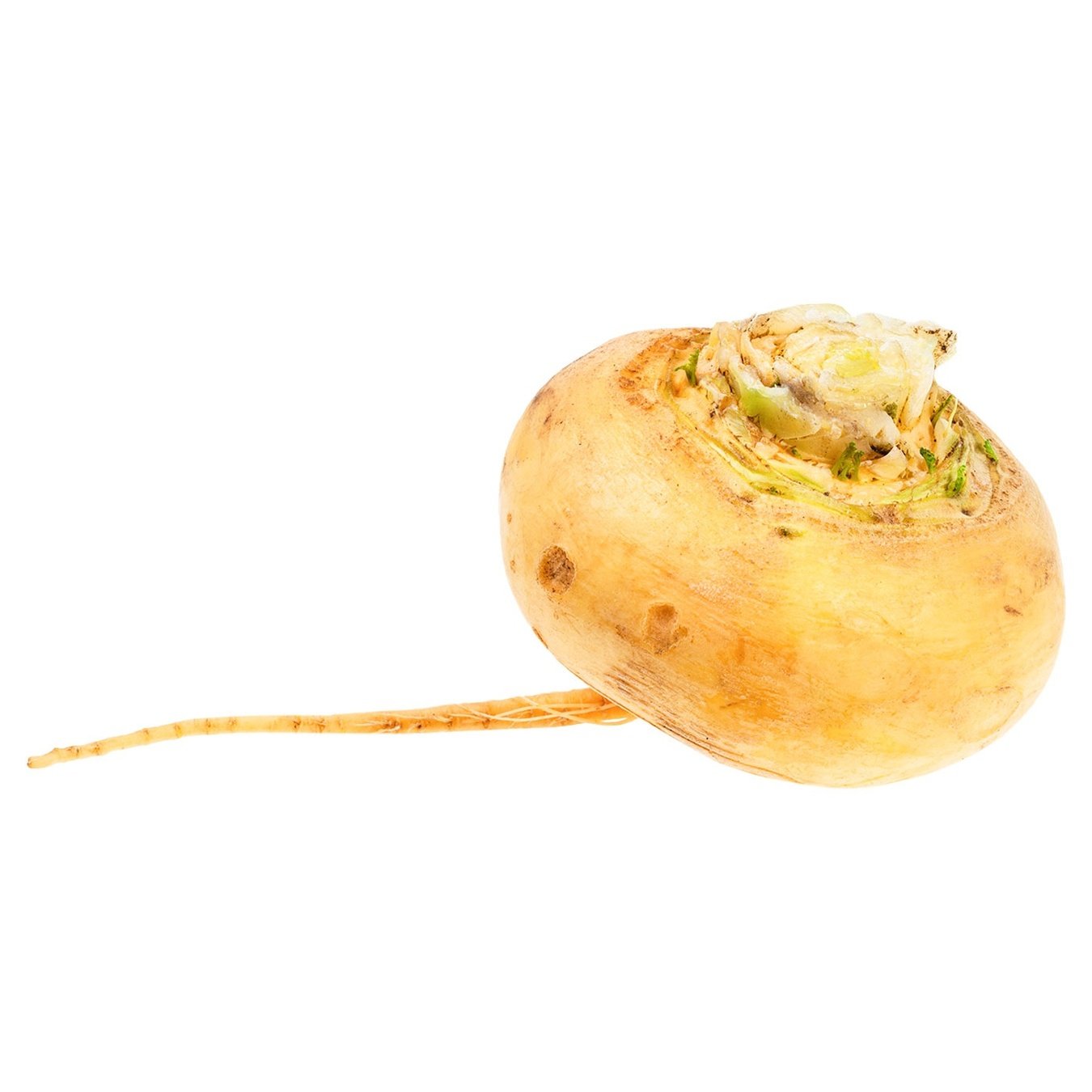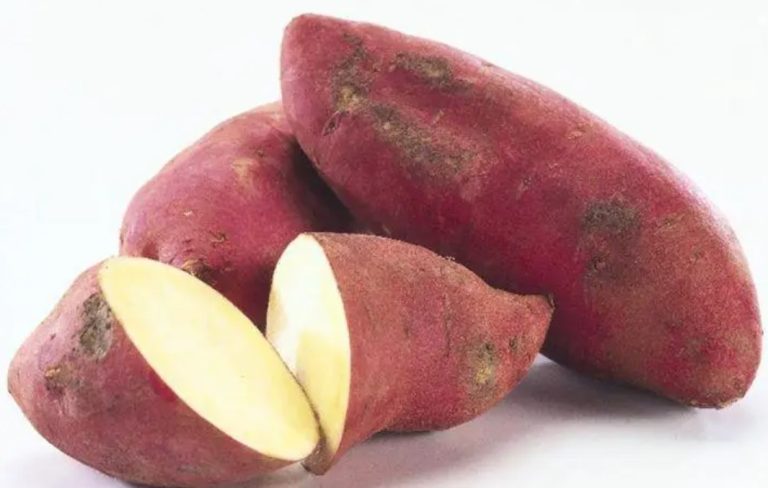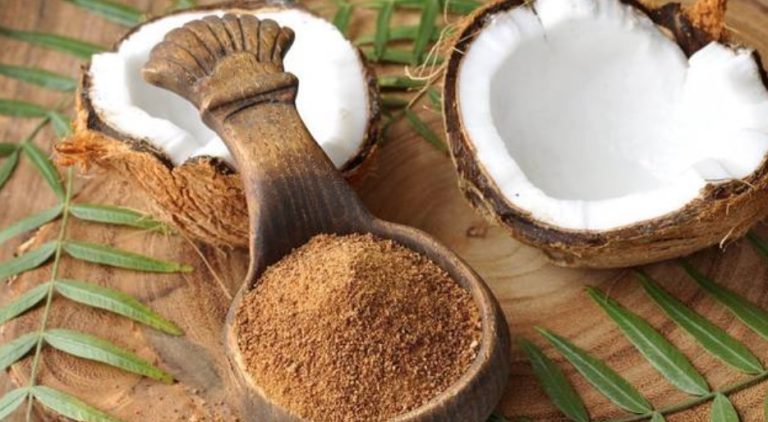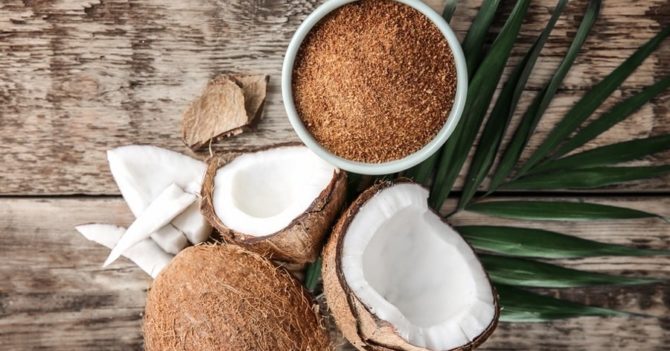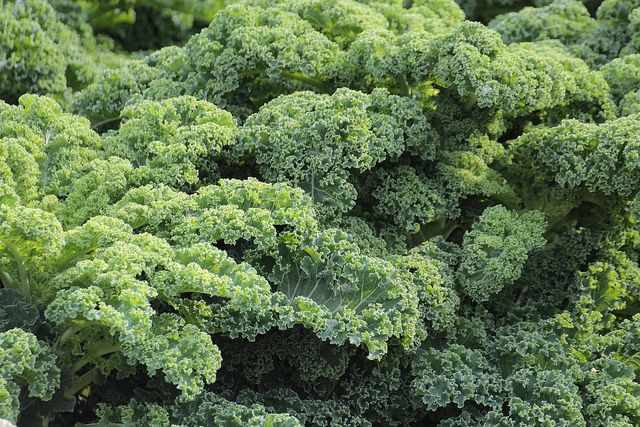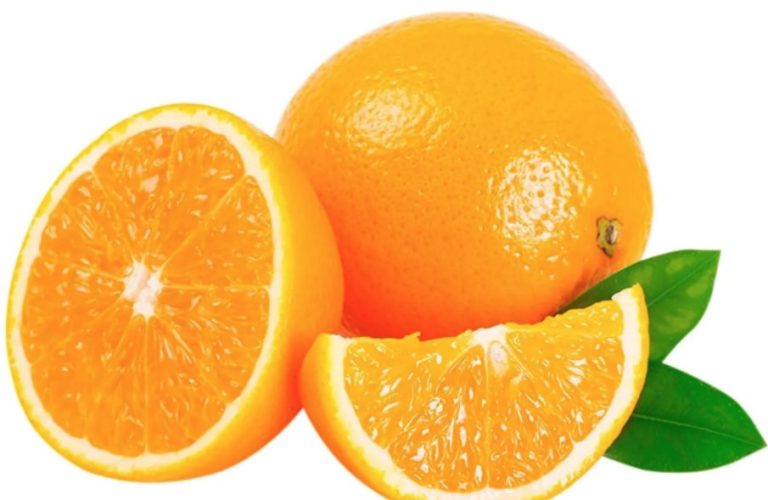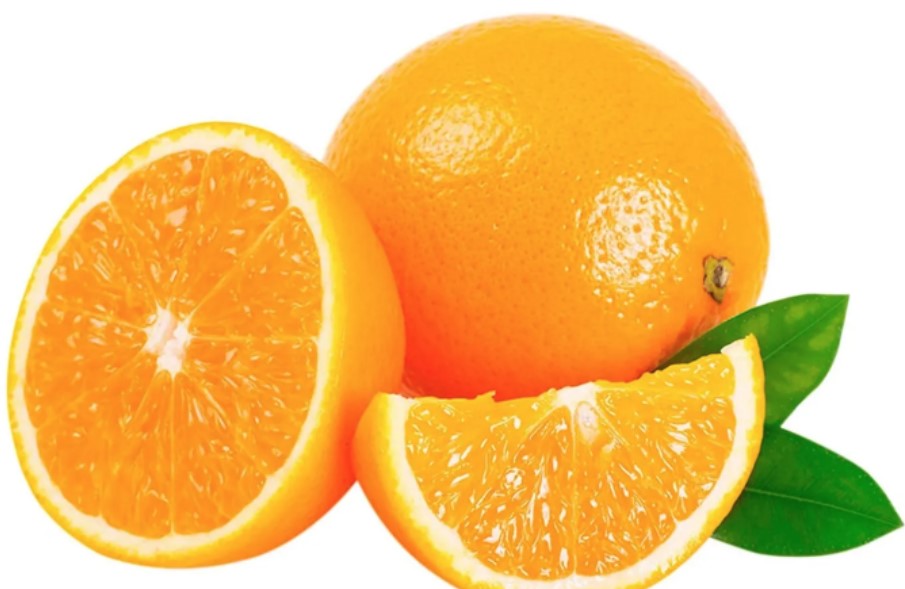Healthy eating is very important these days. One is confronted with the topic more and more frequently. In the past, people often just ate a quick sandwich for lunch to fill themselves up. Today, a large part of the population not only pays attention to taste and satiety but also to how healthy the food they eat is.
It is important to cover important nutrients in order to support the body and keep the organism healthy.
You can even find it in the supermarket today. Everywhere healthy options and variants for the snack in between. So you no longer have to grab a sausage roll if you want to be quick, you can also treat yourself to a quick snack during the break. If it tastes good and is good for us, what more do we want?
Often we don’t know what’s good for us, we just believe the packaging. However, caution is advised here. For example, if we buy “dark” bread instead of white bread, then that’s not necessarily good for us, it may just be dark-colored bread, and it’s not always whole grain, as is often assumed.
Also, hidden sugar is the enemy of anyone who wants to eat healthily. This can even hide in “sour” foods such as sauces and even bread etc. Other products, such as low-fat cheese, yogurts, etc., are also not always better than their whole-food counterparts, but can sometimes be problematic for weight loss and/or health.

Diabetes and obesity are also on the rise in childhood and are being dubbed the new epidemics of the 21st century. Both diseases are to be taken seriously and in the worst case can lead to death. Especially in childhood, the foundations for fat cells and muscles are laid, which determine our body composition later in life.
So what is a healthy diet?
As we know, that divides opinions. Some advocate a certain diet, others insist that everything is allowed as long as you don’t obviously get sick. For some time now, however, more and more research has been done in the field of nutrition and we have learned that certain foods, in excess, can actually make us ill.
So what is important when it comes to nutrition in order to stay healthy? And what can you bring to school as a snack without much effort? For that, we need to take a look at what the body needs to stay healthy and how best to absorb it.
Our body needs a certain number of macro and micronutrients per day to stay healthy. Our micronutrients are minerals, trace elements, and vitamins. Our macronutrients are proteins, carbohydrates, and fats. The body needs macronutrients in particularly large quantities to maintain all functions.
Fat is responsible for the protection of the organs and hormone function. It is also the second most important supplier of energy in the body. Protein is the basic building block of the body that makes up nails, skin, blood, cells, muscle, hair, and much more.
Carbohydrates are not essential but are the body’s main source of energy because they are stored in the body as glycogen. If this is missing, then the body falls back on fat as an energy supplier. Also, many healthy foods are made up of carbohydrates. For example, some vitamin bombs, such as fruits and vegetables, consist primarily of carbohydrates and would therefore be absent in a diet without this macronutrient.
This means: In order to eat healthily, one should resort to foods with a high density of high-quality nutrients that do not cause blood sugar to rise and fall rapidly. These include foods with low or complex carbohydrates that are slowly released into the body.

For fats, make sure you’re consuming healthy unsaturated fatty acids, and for protein, make sure you’re covering all of the essential amino acids.
Conclusion
Eating healthy is not difficult and lack of time is no longer an excuse. All of the foods mentioned here are easy to take with you to ensure healthy nutrition on the go.
Those who make sure they eat the right food also guarantee better performance at school. Rapid rises in blood sugar, for example, cause hyperactivity and restlessness, and when they fall, total fatigue. Healthy eating is not only good for our health, but also for our academic performance. Furthermore, good fats and protein are essential for growth and nerve cells, which in turn has a major impact on concentration. That means a healthy snack at school is a win-win.

